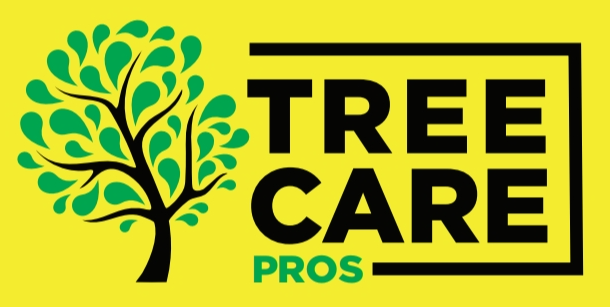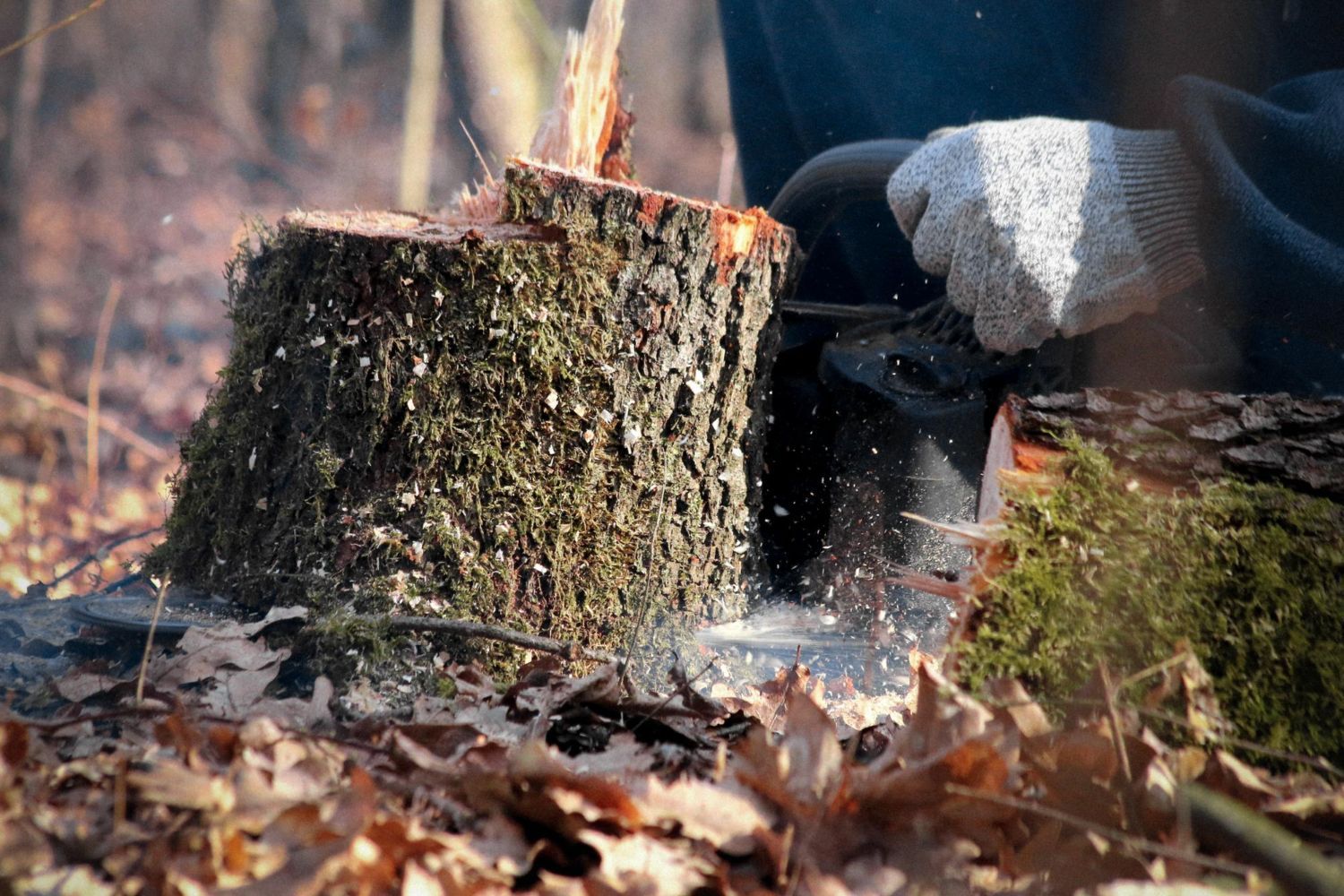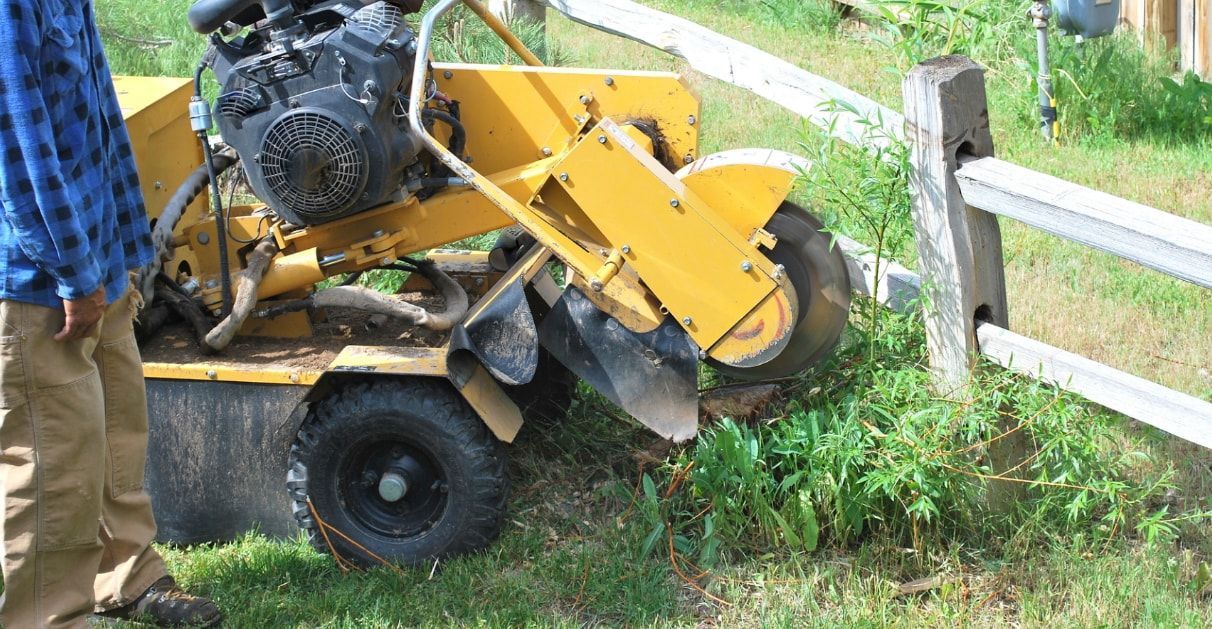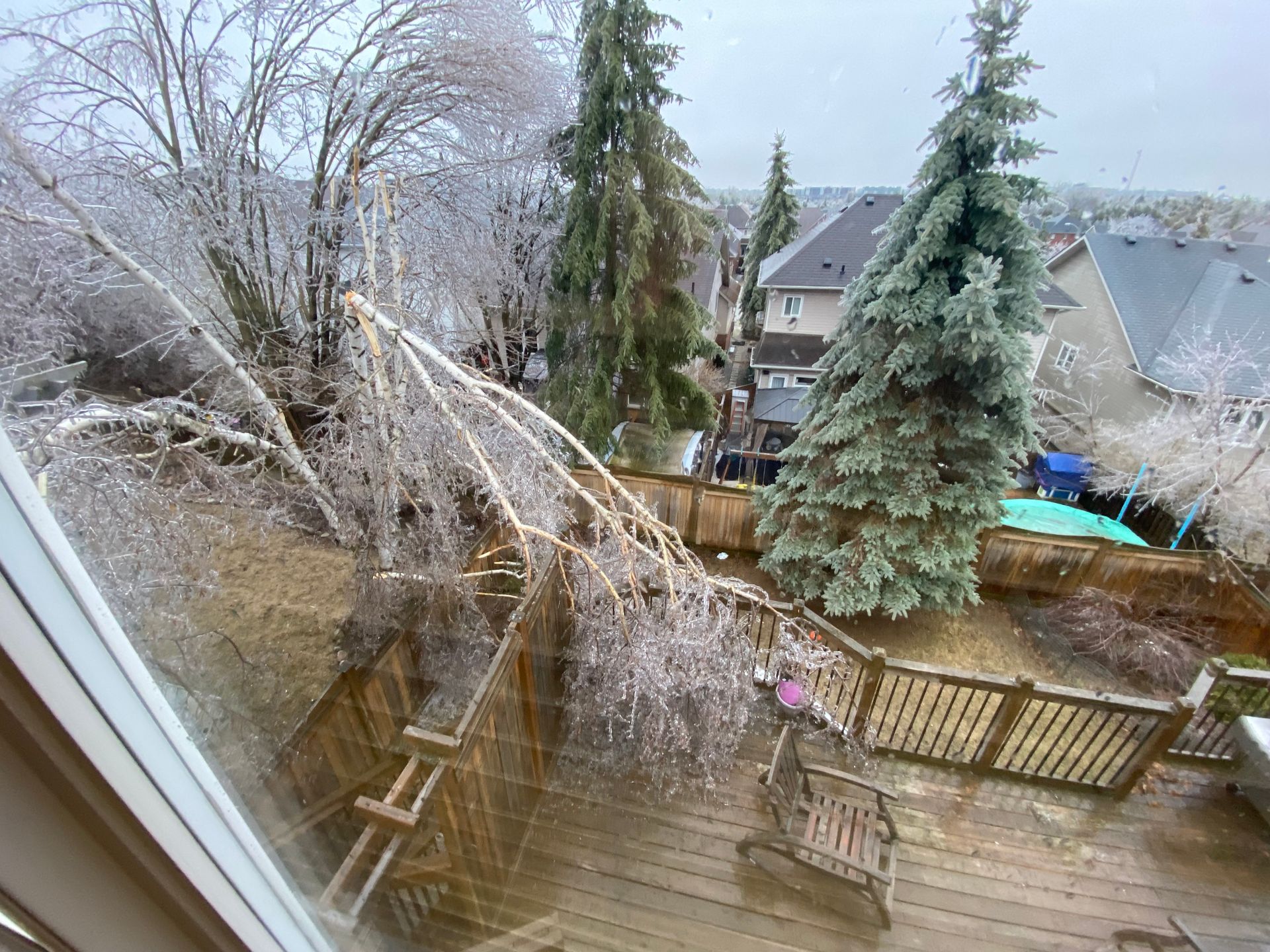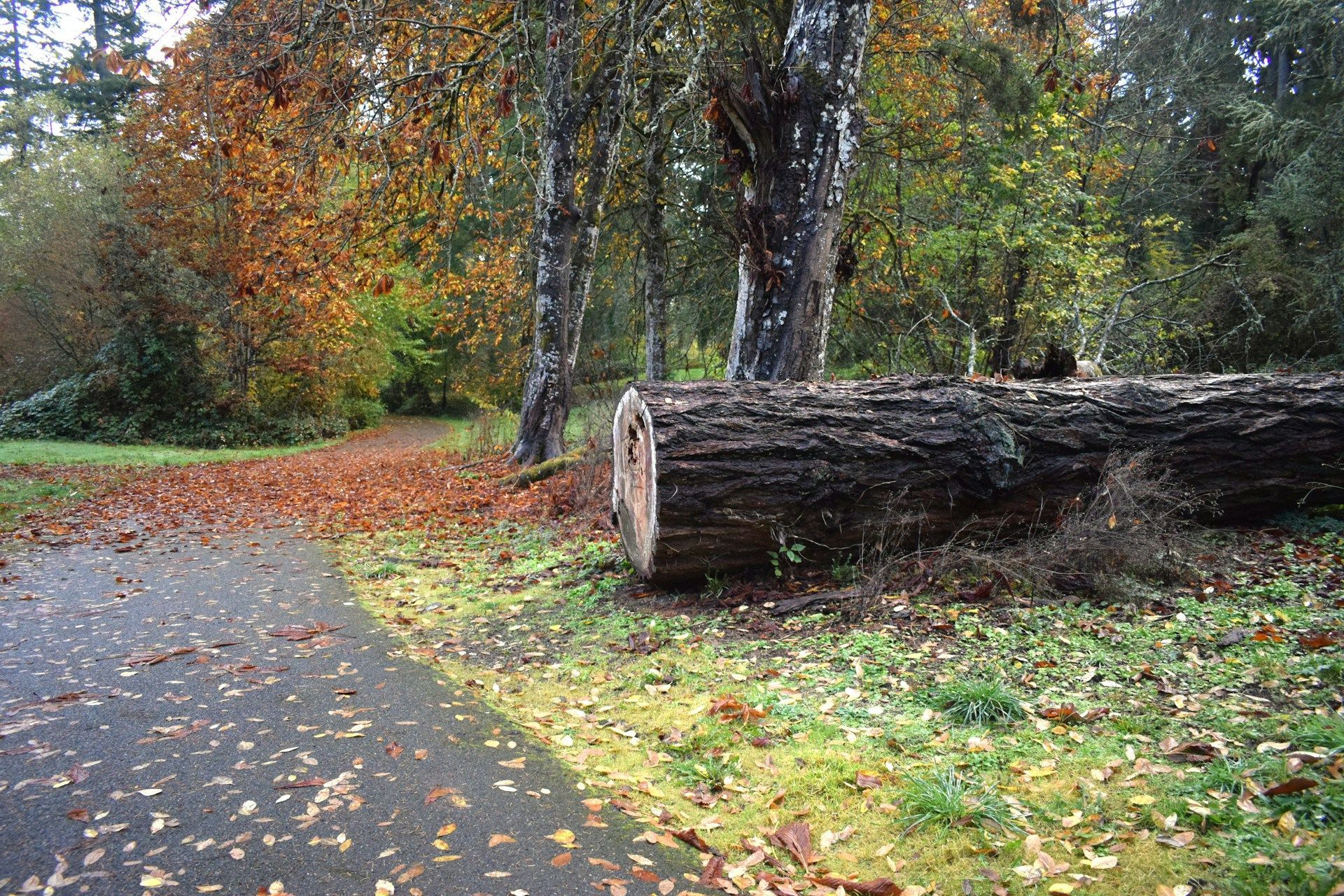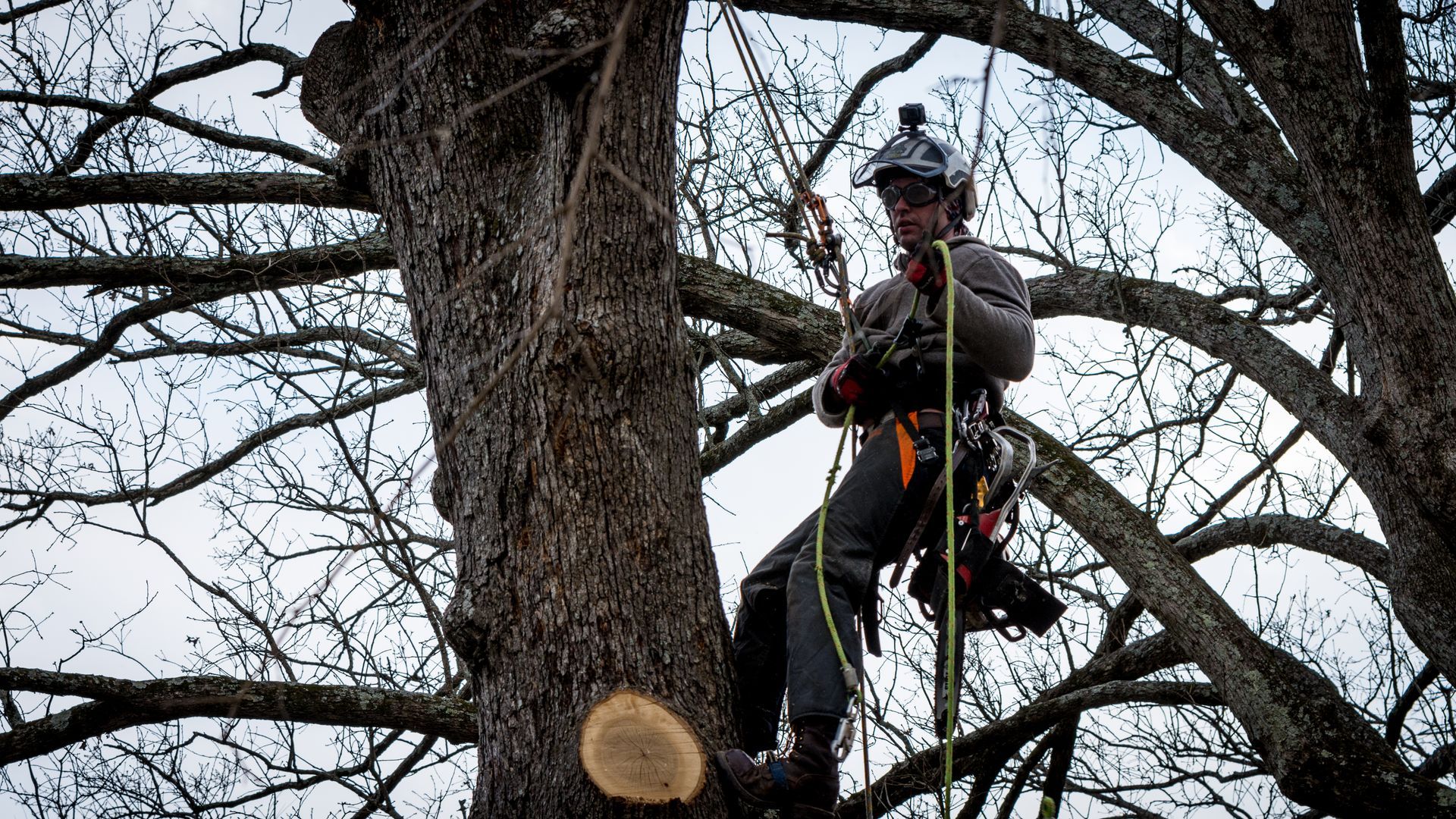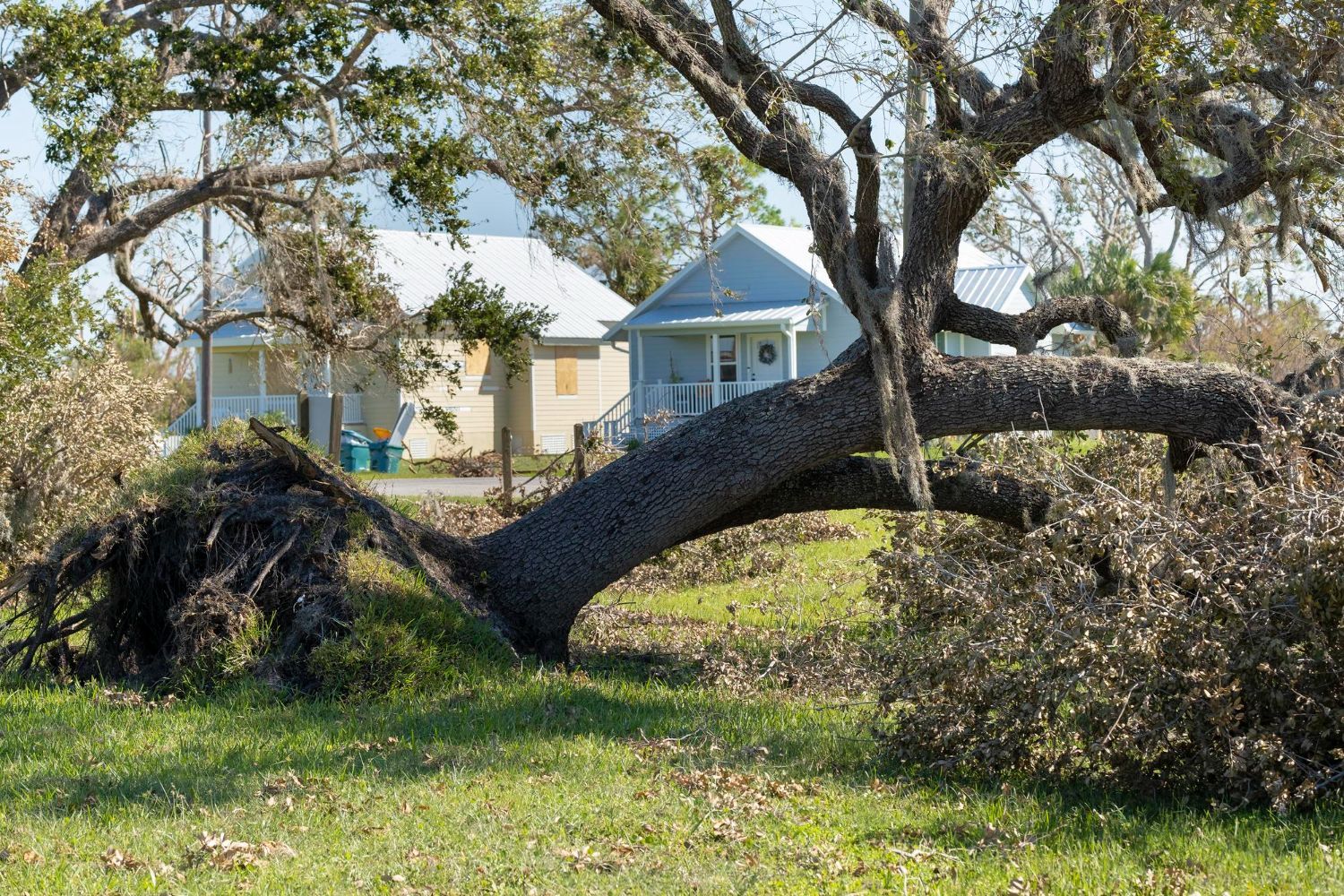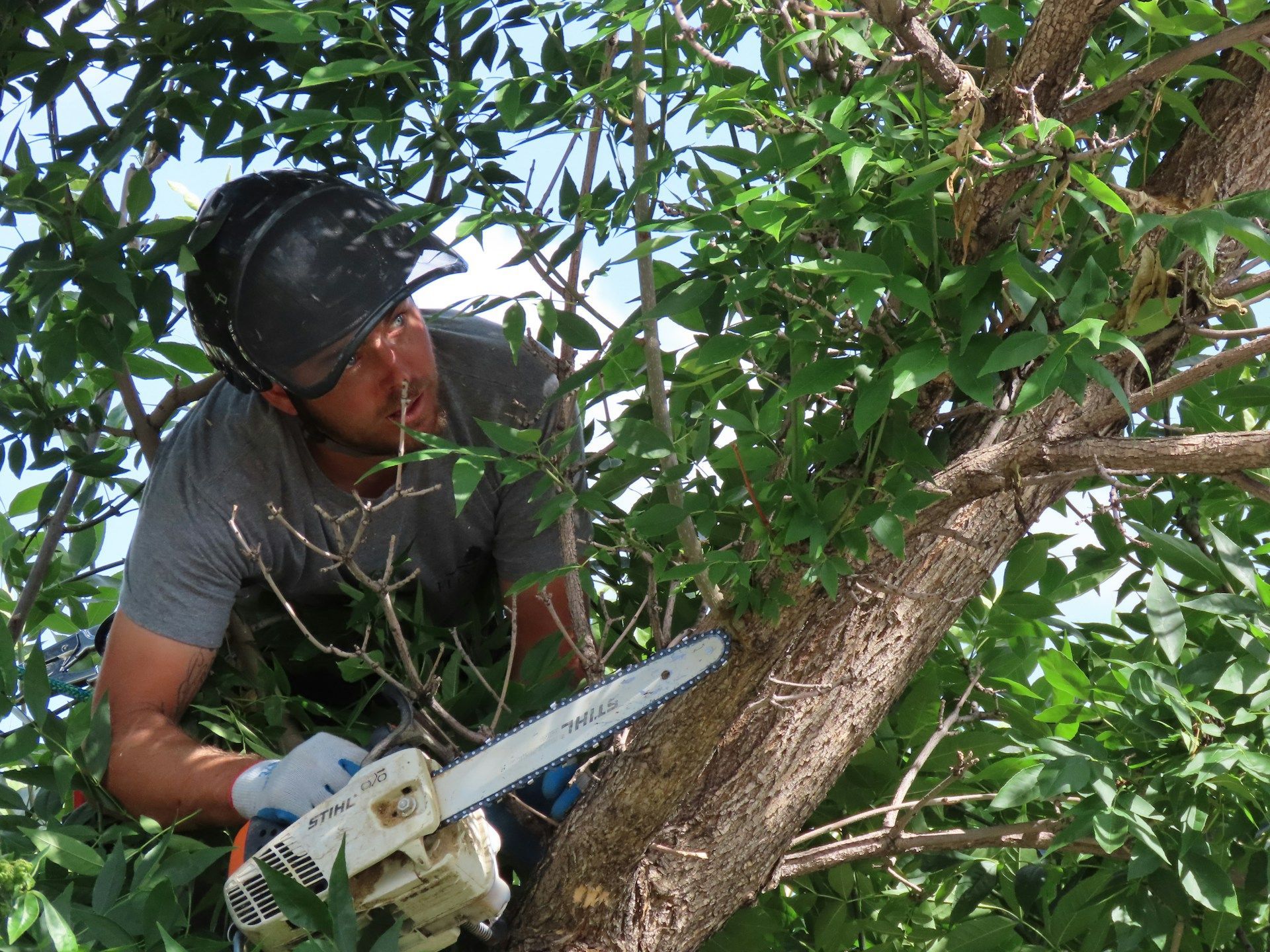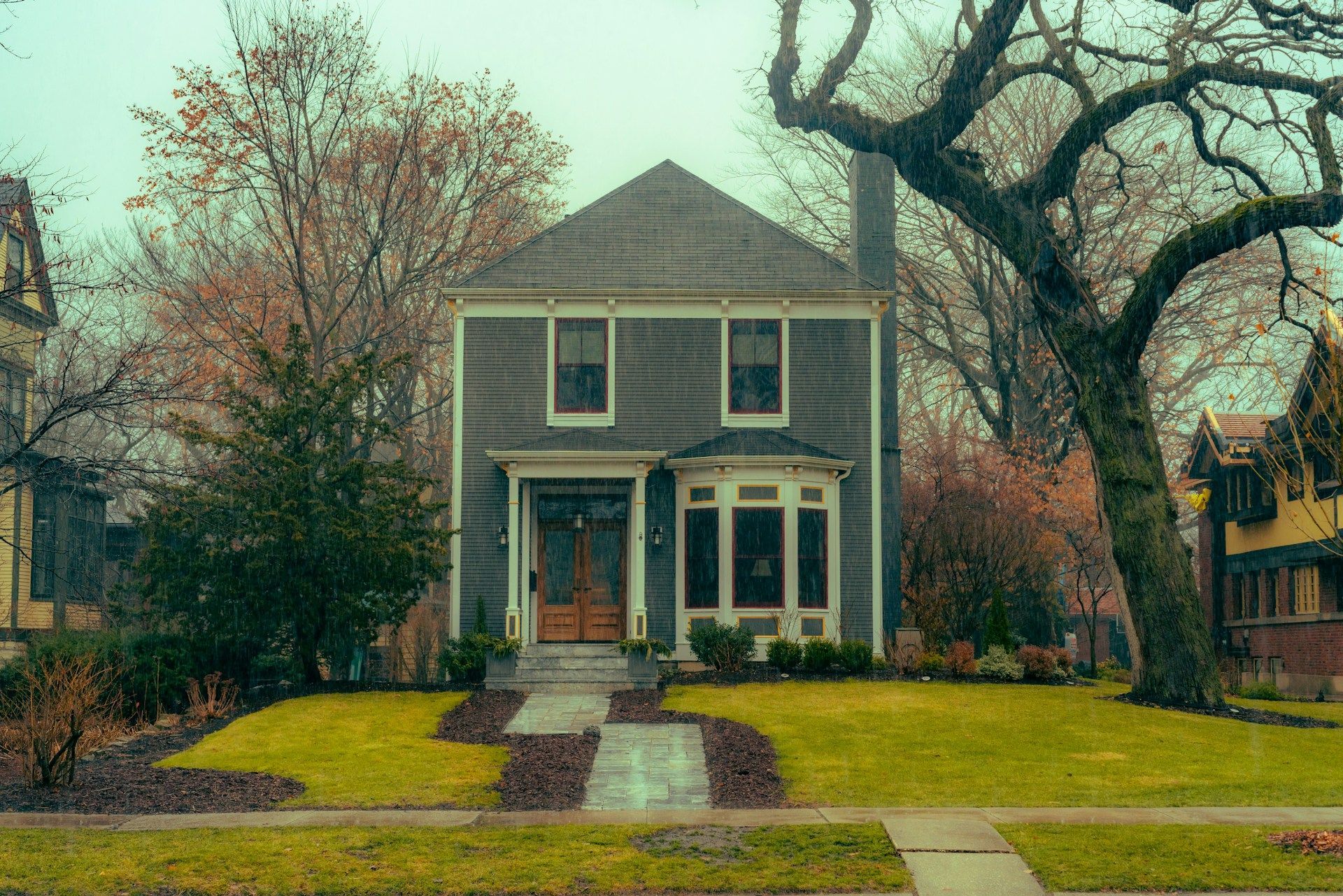Making Your Yard Safe with Tree Removal
Keeping your yard safe often starts with managing the trees. While trees add beauty and shade to your property, they can also pose significant risks if they're dangerous or dying. Hazardous trees can lead to accidents, cause damage, or even harm people if not properly handled. Understanding which trees in your yard might be dangerous is the first step in ensuring a safe outdoor space.
In this article, we’ll explore the importance of identifying and removing hazardous trees and provide tips for keeping your yard safe after removal. Taking these steps will help ensure that your yard remains a beautiful and secure place for everyone to enjoy.
Identifying Hazardous Trees in Your Yard
Knowing how to spot hazardous trees in your yard is important for keeping everyone safe. Start by checking for visible signs of damage or decay. Look for large dead branches, cracks in the trunk, or peeling bark. These are often signs that the tree is in bad shape and potentially dangerous.
Watch the tree during different weather conditions. If a tree leans more during strong winds, it might have a weak root system. Trees with fungi growing at the base or along the trunk usually indicate internal rot, which weakens the tree. Also, be aware of trees that have had previous damage from storms, as they are more likely to be unstable.
Another key indicator is the presence of pests. Trees infested with insects like termites or beetles often become weakened and are at risk of falling. Check for small holes in the trunk, sawdust-like material around the base, or nests built by animals. These signs help you identify trees that need attention.
Conduct regular check-ups, especially after storms, to ensure your trees are healthy. If you’re unsure about a tree, it's a good idea to call in professionals to assess the situation. Taking these steps can prevent accidents and keep your yard safe.
Benefits of Removing Dangerous Trees
Removing dangerous trees comes with several important benefits. The most obvious one is safety. By getting rid of weak or dying trees, you reduce the risk of branches falling or trunks toppling over. This helps protect your home, vehicles, and the people who spend time in your yard from potential harm.
Another benefit is the improved health of your yard. Dangerous trees often harbour diseases that can spread to other plants. By removing them, you prevent these diseases from affecting the rest of your landscape. This not only helps keep your garden healthy but also encourages new growth, making your yard more vibrant.
Additionally, removing dangerous trees can enhance the beauty and value of your property. A yard filled with healthy, well-maintained trees looks more appealing than one cluttered with dying or dead ones. This curb appeal can boost your home’s market value, making it more attractive to potential buyers if you ever decide to sell.
Finally, removing hazardous trees allows you to plan better for your yard's future. With space cleared, you can think about planting new trees or creating other landscape features that add to your outdoor enjoyment. By taking action, you create a safer, healthier, and more beautiful yard for everyone to enjoy.
Safe Tree Removal Techniques
Removing a tree safely requires careful planning and the right techniques. First, you need to gather the necessary tools and safety gear. Essential items include a chainsaw, handsaw, safety helmet, gloves, and goggles. Safety gear helps protect you from flying debris and accidental cuts.
Next, assess the area around the tree. Ensure there are no obstacles or people nearby. Plan the direction in which you want the tree to fall. Clear the surrounding area to create a safe drop zone. Mark this area with cones or tape to keep everything organized and safe.
Here’s a basic list of steps for safe tree removal:
1. Create a Notch Cut: Cut a V-shaped notch on the side of the tree facing the direction you want it to fall. This notch should be about one-third of the way through the tree.
2. Make the Felling Cut: On the opposite side of the notch, make a cut slightly above the base of the notch. This cut helps guide the tree to fall in the desired direction.
3. Guide the Tree to Fall: Use ropes if necessary to control the fall direction. Ensure everyone stands clear of the falling tree and escape routes.
4. Remove Branches and Cut Log: After the tree falls, cut it into manageable pieces and remove smaller branches.
Following these techniques ensures the tree removal process is safe. If you are unsure at any point, consider getting professional help.
Maintaining a Safe Yard Post-Removal
After removing a hazardous tree, maintaining yard safety doesn’t stop. There are several steps you should take to keep your outdoor space safe and appealing. Start by removing any remaining debris or small branches left from the tree removal. Clear the area completely to avoid tripping hazards.
Next, consider replanting the area where the tree was removed. Choose a suitable spot for a new tree or plant different vegetation to fill in the empty space. This helps maintain the beauty and balance of your yard. New trees or plants should be well-spaced and healthy to prevent future issues.
Regular yard maintenance is crucial. Inspect other trees and plants for signs of disease or damage. Prune trees and shrubs to encourage healthy growth and remove weak or dead branches. This proactive approach helps prevent future hazards and keeps your yard looking its best.
Finally, keep safety in mind. Avoid stacking firewood or other items near trees to reduce pest attractions. Check your yard after storms for any signs of damage or weakened trees. By consistently monitoring and caring for your yard, you ensure it remains a safe and pleasant place for everyone.
Conclusion
Ensuring your yard is safe through the careful removal of hazardous trees is an important task. Identifying dangerous trees early reduces the risk of accidents and protects your property. Removing these trees not only makes your yard safer but also enhances its appearance and promotes healthier growth for other plants. Proper tree removal techniques and ongoing yard maintenance ensure the safety and beauty of your outdoor space.
Taking these steps helps create a secure environment for your family and friends. If you’re unsure about handling a tree removal on your own, it's always best to consult experts to avoid potential mishaps.
For professional and safe
tree removal services, trust Barrie Tree Care Pros to take care of your yard. Contact us today to keep your yard safe and beautiful.
